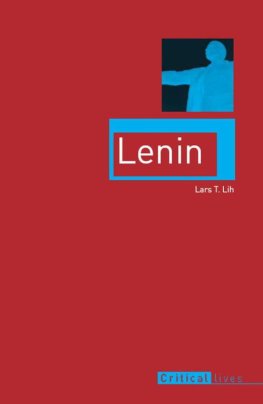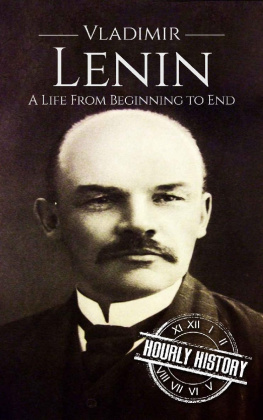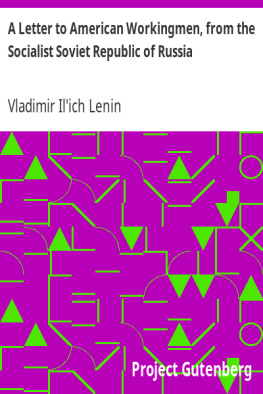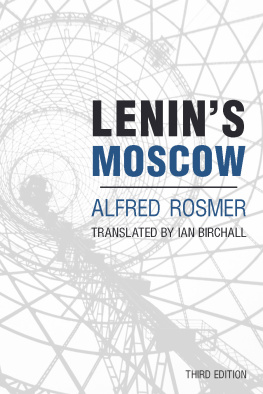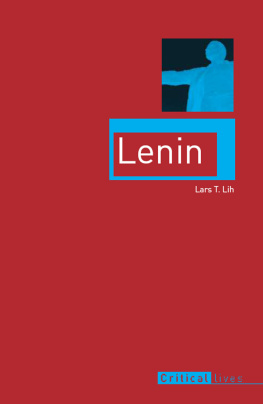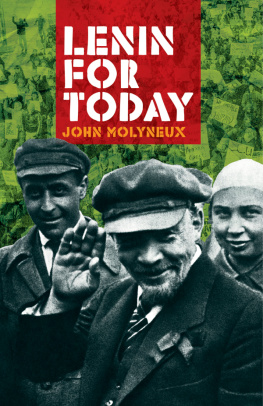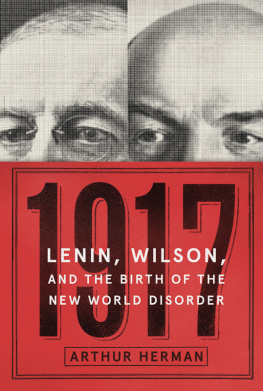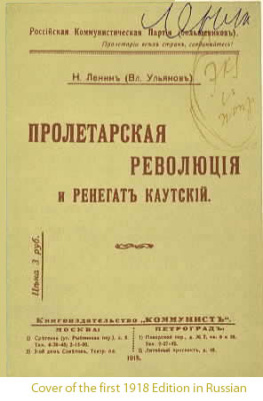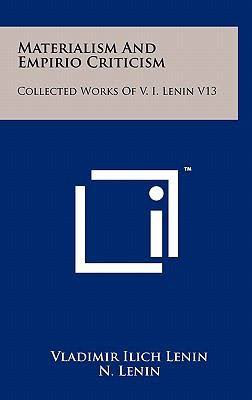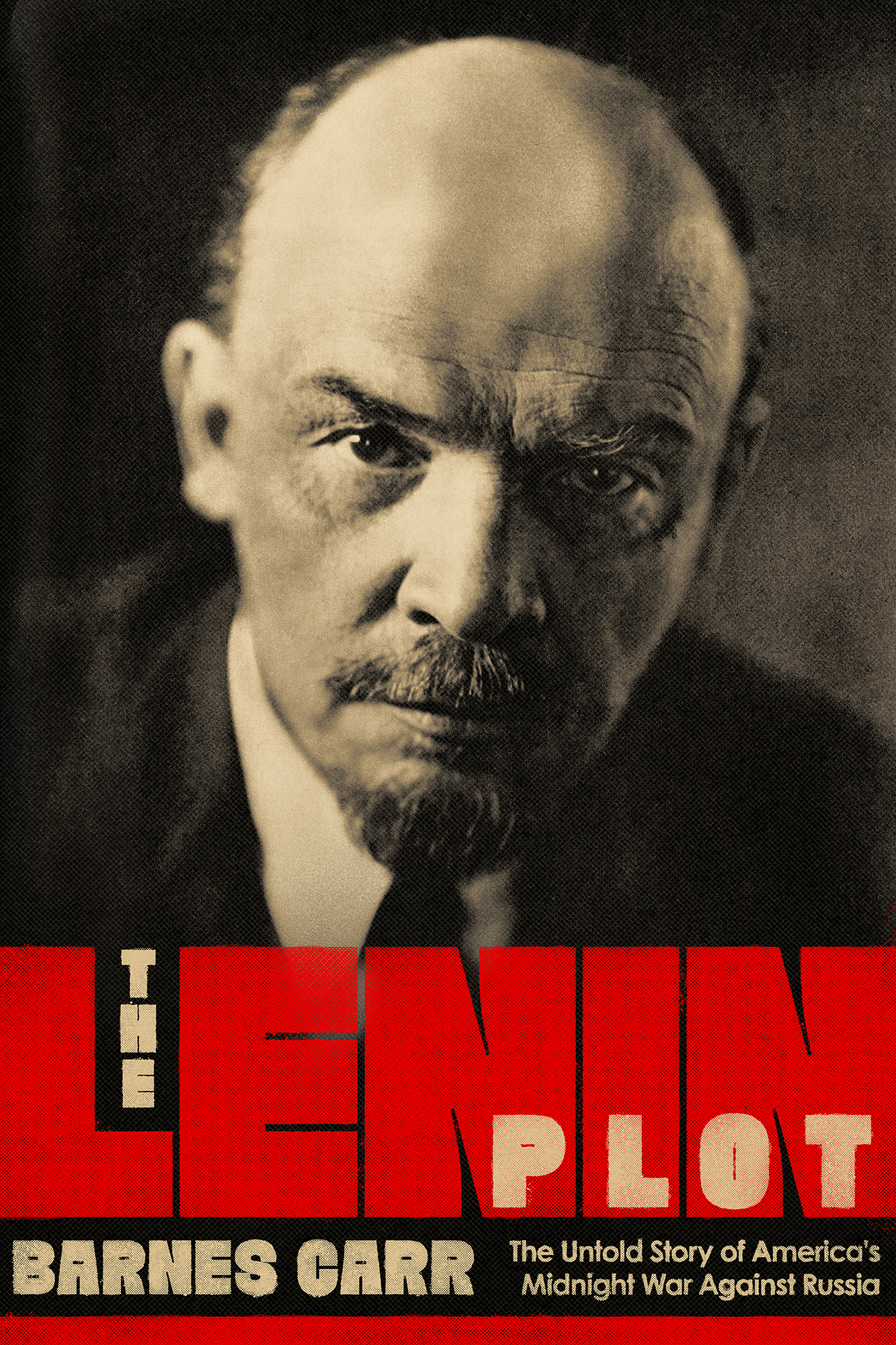Contents
Guide
For Rosemary James and Joseph DeSalvo
PREFACE
T his narrative history tells the strange but true story of how America and the Western Allies invaded Russia, fought a war against the Red Army, and conspired to mount a coup dtat in Moscow and assassinate the first Soviet dictator, Vladimir Ilych Lenin. Its also a study of the espionage careers of DeWitt Clinton Poole and Xenophon de Blumenthal Kalamatiano, two of the most important figures in the history of American intelligence.
The story includes plots, counterplots, secret missions, money laundering, a high-level sting operation, invasions, naval duels, hard-fought battles in the Russian snow, mutinies, murders, victories, and defeats. The characters include patriots, traitors, special agents, double agents, triple agents, executive agents, agents of influence, agents provocateurs, and at least one femme fatale.
The plot was initiated by U.S. Secretary of State Robert Lansing, a bored pacifist who doodled and daydreamed in Cabinet meetings until Lenin seized power in October 1917 and removed Russia from the World War, part of a secret deal the Bolsheviks had struck with Germany. With the Allies facing defeat on the western front, Lansing sprang into action and used his office as a bully pulpit to press for the overthrow of Lenin.
Lansing proposed that the United States install an Allied-friendly dictator in Moscow to get Russia back in the war. Despite President Wilsons public posturing against interfering in the affairs of other nations, he told Lansing the Moscow coup had his entire approval. Lansing advised Wilson that using American funds to openly finance a foreign coup was probably illegal, so they enlisted the French and British to launder the money as U.S. aid to the Allies.
The U.S. State Departments spymaster in Russia was Consul General Poole, a tennis star nicknamed Poodles. His main field officer was Kalamatiano, a Russian-American businessman in Moscow and former track star at the University of Chicago. Poole and Kalamatiano plotted their coup with the advice and consent of U.S. Ambassador David Francis. Despite his mellow image as a bourbon-sipping old Confederate gentleman, Francis was a determined man who once stood up to a Bolshevik lynch mob armed only with a shotgun.
At first, France was Americas premier partner in operations against Lenin. Ambassador Joseph Noulens set the pace by going on a crusade to collect 13 billion francs the Soviet government stole from French investors. Noulens was a grandiose monarchist who traveled like a rajah. He was assisted by General Jean Lavergne, chief of the French military mission to Russia, a hard-driving warrior who feared that each passing day was a lost opportunity to defeat the Bolsheviks.
Lavergnes efforts were aided by Consul General Joseph-Fernand Grenard, an author and former explorer who dispatched agents across Russia to recruit resistance armies to march on Moscow in support of the Allied coup. One of Kalamatianos closest street associates was Henri de Verthamon, a French saboteur who wore a black trenchcoat and cap and slept with explosives under his bed. Another was the impressively named Charles Adolphe Faux-Pas Bidet, a former Paris cop who had worked the French case against Mata Hari.
In time, the British became equal partners in the Lenin Plot. Londons chief conspirators included Bruce Lockhart, a special agent of the Foreign Office. Lockhart was a dedicated footballer, a dyed-in-the-tartan Scot who didnt particularly like the English. He was also a connoisseur of exotic Russian women, one of whom was later identified as a spy for the Soviets and the Germans.
Lockhart teamed up with Sidney Reilly, a Russian adventurer and profiteer hired by the British Secret Service. Reilly saw himself as a Napolon reincarnated; at other times he thought he was Jesus Christ. One of Reillys biographers wrote that Ian Fleming told a contemporary at the London Sunday Times in 1953 that he had created James Bond after reading about Reillys exploits in the archives of British intelligence during World War II, a conversation verified by foreign correspondent Leonard Mosley. Lockhart was also mentioned as a possible inspiration for 007.
Besides Reilly, the main Russian plotter was Boris Savinkov, the most infamous international terrorist of the time. He ran an anticommunist underground army that was hired to support the Allied coup. He was known as Bloody Boris and he had been killing tsarist officials for years; now he turned his sights on Reds and monarchist generals. He killed Russian style, with dagger, pistol, and bomb. Savinkov saw himself as a Nietzschean Superman but was more of a revolutionary Hamlet, haunted and conflicted. He was also a superstitious drug addict whose delusions included the belief that silk underwear protected him from bullets.
Savinkov and Reilly advanced the Lenin Plot from a simple kidnapping plan to a murder conspiracy. But the Western powers had not declared war on Russia. Thus, assassinating Lenin could have made America and the Allies party to an act of international terrorism.
Lenin was shot in August 1918, but survived. The Soviets responded by stepping up their Red Terror. Nearly 32,000 people, mostly Russians, were arrested. More than 6,000 of them were shot. Another 21,000 were sent to prisons or labor camps. When the Soviet secret police, the Cheka, started rounding up Western agents, they gunned down a British naval spy, Francis Cromie. Then they arrested Kalamatiano and sentenced him to death.
The military side of the Lenin Plot was an invasion of Russia by a Western force composed mostly of American and French combat troops, under British command. That force intended to seize Moscow to support the coup. They were led by British Brigadier General Edmund Ironside, the model for the spy Richard Hannay in a series of thrillers written by historian John Buchan.
The Lenin Plot is still remembered in Russia, Britain, and France, under various names. But John Cudahy, a U.S. army officer who wrote an account of his combat experience in Russia, said American veterans of the military invasion of Russia were shunted off to civilian life and the whole embarrassing matter expunged from the record. All inquiry concerning the Expedition has been met by specious pleas in evasive avoidance.
When it came to decorating troops for their service against the Red Army, 73 Americans were cited by the British, 72 by the Russians, 52 by the French, and 14 by the United States. In some cases, entire American companies were cited for bravery, but not by the U.S. War Department. The public knew few details of the war until the 1920s, when veterans such as Cudahy started writing memoirs of their experiences.
That evasive avoidance described by John Cudahy would continue for years in Washington. When President Franklin Delano Roosevelt wrote a letter to the Soviets in 1933, proposing that diplomatic relations be restored between the United States and Russia, FDR claimed that a happy tradition of friendship had existed between Russia and America for more than a century.
I first became interested in the Lenin Plot when I was a student at Tulane, living in an inner city brick pile that wasnt air-conditioned. So in the hot months I took afternoon naps at the university library. It was there that I met an amiable, brandy-sipping old gentleman whose guayabera matched the white socks beneath his sandals. He was a native New Orleanian who had graduated from Tulane after the first war. Then he went to live a few years in Paris.


